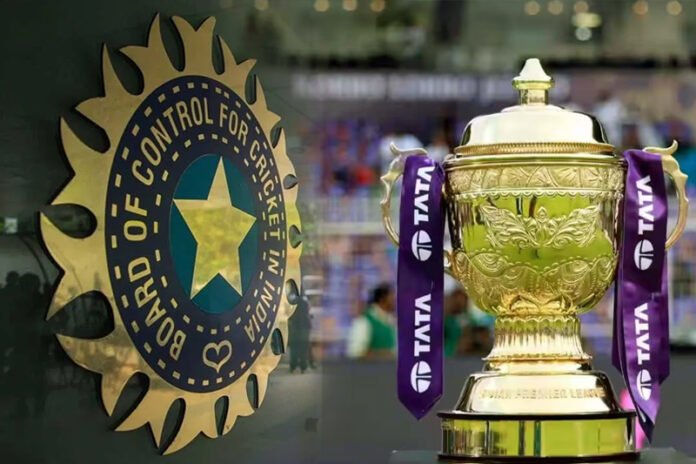When the IPL 2025 season was abruptly suspended due to escalating tensions between India and Pakistan, brought on by the military standoff under the codename Operation Sindoor, the cricketing ecosystem braced for a logistical reshuffle. Speculation was swift and strong: the league, most believed, would shift south. Cities like Chennai, Bengaluru, and Hyderabad—farther from potential conflict zones and traditionally dependable IPL hosts—were expected to shoulder the burden of the remaining matches. Yet, as the revised schedule rolled out post-ceasefire, the actual outcome surprised many. Instead of a southern consolidation, the BCCI unveiled a more balanced geographical spread, featuring Delhi, Jaipur, Lucknow, Mumbai, Ahmedabad, and Bengaluru.
This deviation from the initial reports stems, above all, from the political developments that followed the brief military flare-up. The formal ceasefire agreement between India and Pakistan, announced on May 10, transformed the risk matrix. Until then, the north and northwest regions had been deemed too volatile to host mass gatherings, particularly high-profile events like IPL matches. However, with tensions cooling and the central government declaring a return to stability, the BCCI, in consultation with internal security agencies, reassessed the situation and reopened discussions around previously excluded venues.
From a fan’s perspective, the decision makes both cricketing and commercial sense. While safety was non-negotiable, the IPL is, at its core, a pan-India phenomenon. To restrict the final leg of the tournament to three cities in the south would have stripped the league of its regional charm and competitive equity. Franchises like Delhi Capitals, Rajasthan Royals, Gujarat Titans, and Lucknow Super Giants would have been forced into nomadic existence for the most crucial part of the season—an imbalance the BCCI was keen to avoid.
Moreover, there’s the question of viewer fatigue and stadium overuse. The IPL thrives on diversity of conditions, crowds, and culture. Repeating venues not only risks overworking pitches but also dulls each city’s unique character. By restoring games to Delhi’s Arun Jaitley Stadium, Jaipur’s Sawai Mansingh, and Ahmedabad’s Narendra Modi Stadium, the league managed to recapture a semblance of normalcy and vibrancy. These venues, despite being farther north, offer world-class facilities and are backed by governments that received central security clearance in the wake of the ceasefire.
Interestingly, while Bengaluru made the cut, Chennai and Hyderabad—both part of the initial “safe zone” assumptions—are absent from the revised calendar. This, too, has its explanations. Chennai Super Kings completed most of their home games before the break, reducing the need for their venue to host further fixtures. Hyderabad’s availability may have been impacted by weather, maintenance schedules, just like Eden Gardens of Kolkata, which made it less favorable in the final mix.
Meanwhile, venues like Dharamsala and Chandigarh—closer to the Indo-Pak border—were rightly excluded despite their scenic allure. The proximity to potential flashpoints rendered them too risky in a climate of still-fragile diplomacy. The BCCI’s cautious approach in avoiding these regions reinforces that the decision-making was not reckless but responsive to real-time intelligence inputs.
In the end, the IPL’s resumption plan stands as a case study in flexible sports administration. It showcases how tournament logistics, security frameworks, fan engagement, and commercial considerations must be harmonized under pressure. While the war clouds have cleared for now, the decisions taken in this brief pause will be remembered not just for their prudence, but for the quiet assurance they restored to India’s biggest sporting spectacle.Was the BCCI’s decision to spread the matches across the country bold leadership or a calculated gamble?



